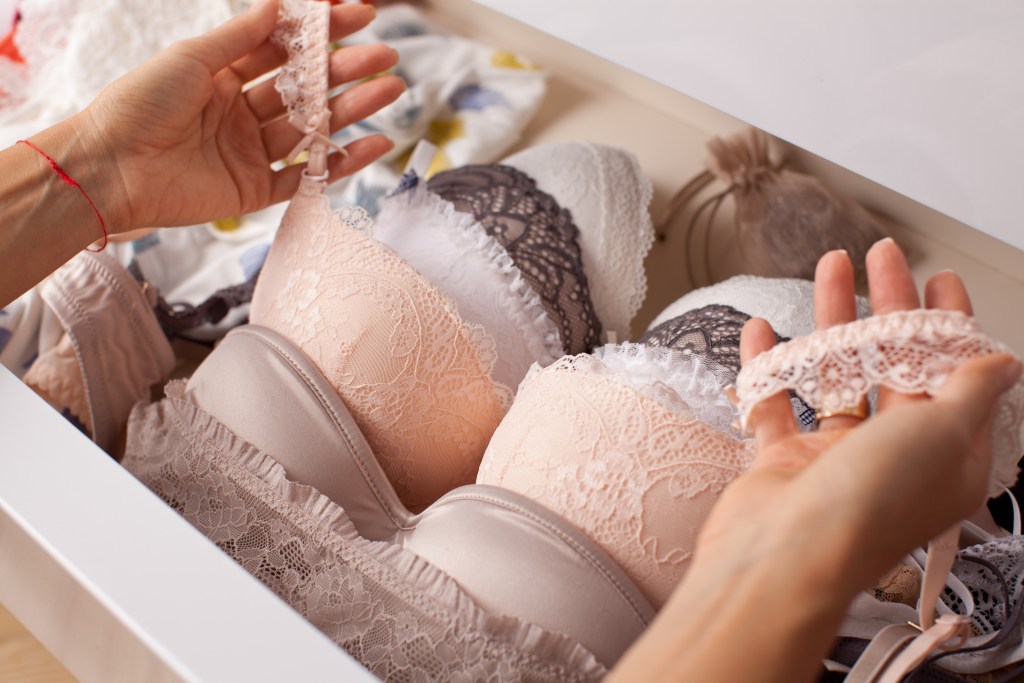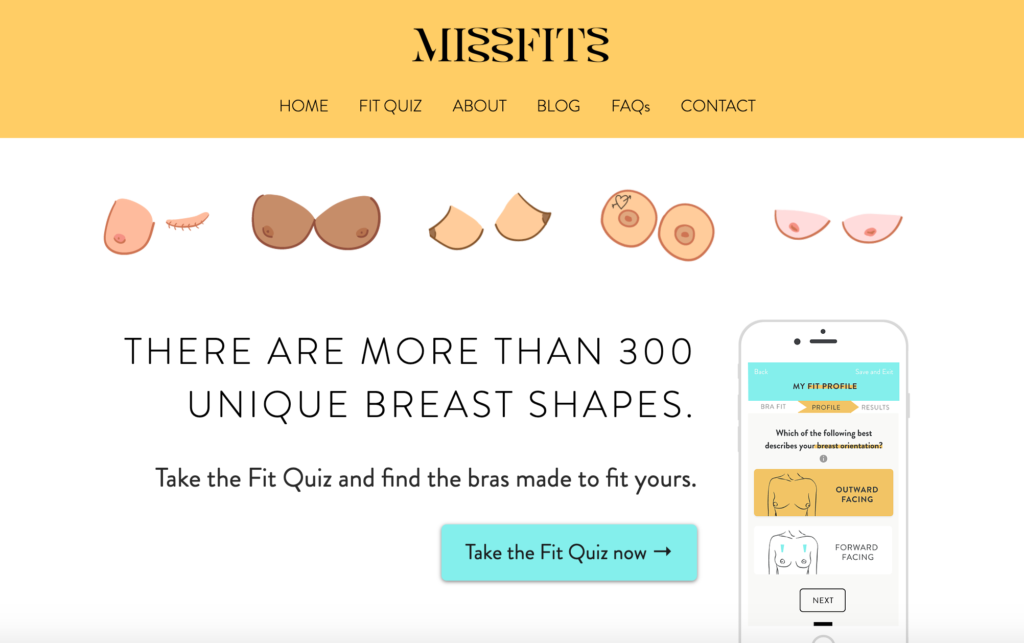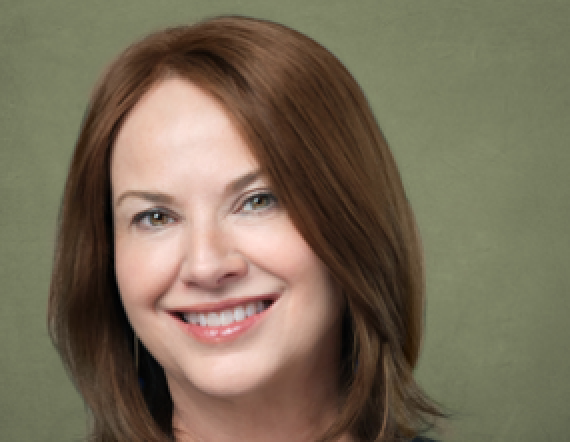
Did you know, that the average woman will try on up to 25 bras before she finds one that fits? We sure didn’t, but one founder decided to solve this exact problem with her company. World, meet Charlotte Chiang, the founder of Missfits, who’s on a mission to make that search for the perfect lingerie easier and a little more enjoyable.
Charlotte started Missfits about 2 years ago after transitioning from a career in finance to fashtech entrepreneurship and realizing, that finding the right underwear can be a rather frustrating endeavour. Missfits uses AI to match users with bras, that are a great match both in terms of fit and individual preference. The company was part of the most recent Techstars Berlin cohort and the team is getting ready to raise their first round early next year.
In today’s interview Charlotte shares her thoughts on entrepreneurship, femtech, accelerators and… bras of course.
Hi Charlotte! Can you tell us a little more about Missfits and how you came up with the idea for the company? Why did you decide to work on this particular problem?
I’ve always found lingerie transformative. While outerwear can be impacted by weather, dress codes, and seasonal trends, underwear is so individual. Being the first thing that we put on every day, the right underwear–whatever that means for each of us–can really change the way we carry ourselves for the whole day.
After a few years working in financial services I started taking courses in lingerie design, intending to start my own brand. As soon as I started sharing this idea with women, it became obvious to me how diverse and varied everyone’s individual lingerie needs are–and that these needs couldn’t be properly addressed by bringing more product into the world.

We learned during our user research that women will try on average, between 3 and 25 bras before finding one that fits. The process of shopping for, and wearing bras, is needlessly emotional and frustrating. The more we dug into the problem, the more we realized that by innovating the experience towards something more seamless and empowering, we could provide value in terms of time and education to our end-users.
How long have you been working on Missfits? What stage is the company in? Are you currently fundraising?
The idea has been evolving for close to two years now, but we incorporated about one year ago. For most of this time we’ve been working to define the parameters that determine fit, knowing that fit is one of the most crucial parts of the bra-shopping user experience. We soft-launched our ‘Fit Quiz’ four months ago, after receiving our Pre-seed investment from Techstars.
Now, we’re in a really fun phase of experimenting with the other parts of the user experience: how the products should be presented, how to make the experience feel special and personal, etc. That’s led us into our first revenues with a B2C ‘try-before-buying’ bra box, which we just launched last month.
We are not currently fundraising, but are expecting to open our Seed round in early 2020.
Right. Missfits was part of the most recent cohort at Techstars Berlin. Why did you choose to join an accelerator program? Why Techstars Berlin? What were your expectations and were they met? Would you recommend other femtech founders to join an accelerator program?
Being a first-time founder, there are just so many things that I didn’t know (and am still learning) about running a startup. I felt that a reputable accelerator would provide the training, network, and credibility I needed to recruit top-end talent to work on the project.

Berlin was attractive as a startup hub that has given birth to some great e-commerce companies, so it seemed a sensible place to do the accelerator experience. Ultimately, since I didn’t decide to stay in Berlin, I’d say that I didn’t manage to get the full value out of the network that we built there during the program. So, tip #1: Much of the time spent during the accelerator is focused on building connections, so try to attend an accelerator program in an ecosystem that’s relevant to you in terms of geography and vertical.
About the program more generally, the best part of the experience was the incredible learning and support I received from the other founders. I was very lucky because of the ten startups in our cohort we actually had seven female CEOs, and our program director was very intentional about creating a familial atmosphere within the cohort. Even months later, I still think of them as my go-tos if I need support or help with challenging business questions. Tip #2: During your interview process with the accelerator, ask how they aim to be inclusive and how they foster relationships amongst the startups. I think that makes a huge difference to the experience.
With Missfits you are building a company and product with a predominantly female customer base. What are the greatest challenges for you as a femtech founder?
Communicating that femtech isn’t ‘niche’, ‘cute’, or ‘a non-profit thing’ (this is actual feedback I’ve gotten from investors and mentors). I often feel that because the sector is gender-focused, it doesn’t get taken seriously. I often need to get really creative when convincing potential stakeholders that the market for femtech exists, is large, and is worth investing in.
More than 4000 women have taken the Fit Quiz on your website so far. What are the biggest learnings from analyzing the results?
Fun question! I could go on and on about interesting trends we’ve found across generations and geographies, but I’ll keep it with these three main takeaways:
- People are happy to engage when they feel educated and respected in return. We learned this in our user testing and I believe it can explain why we have an 80% completion rate for the quiz, which is incredibly high considering the lengthy questioning. Since then, we’ve tried to keep education and respect at the heart of all of our communications.
- People don’t like feeling uncertain about themselves! Some of our questions are not easy to answer, in part because most of us have never examined our breasts closely or compared them with others’. For that reason we included an ‘I’m not sure’ option for many of our questions, which is a totally legitimate response. However, only about 2% of women have answered ‘I’m not sure,’ which tells me that it feels better to know which category you belong in, than to just . . . not know. Would love a psychologists’ opinion on this phenomenon!
- Only 12% of our Quiz-takers are wearing bras that properly fit! Like, we hear this statistic all the time, how as women we’re all wearing bras that don’t fit–but it was still kind of crazy to see that only 12% report having no fit issues with their everyday bra. There are lots of reasons why that’s the case, but it does tell me that the lingerie industry’s got some work to do!
Interesting! What are the next steps for Missfits?
Right now we’re building traction with our personalized, try-before-you-buy bra boxes. After having run a couple of different tests with our business model, we’re loving the way our customers are responding to the product and engaging with us, so I hope to refine this one more and make it a truly brandable, shareable experience.
As a startup it’s harder to say much about a longer timeframe, but my ambition since (almost) the beginning has been to collaborate with brands and retailers, rather than compete with them. After we get some things ironed out with this model, I really would dream of collaborating with brands to improve sustainability in the supply chain through data-driven design!
Big plans – we’ll be sure to keep an eye out for Missfits! Thank you for the interview!




1 Comment